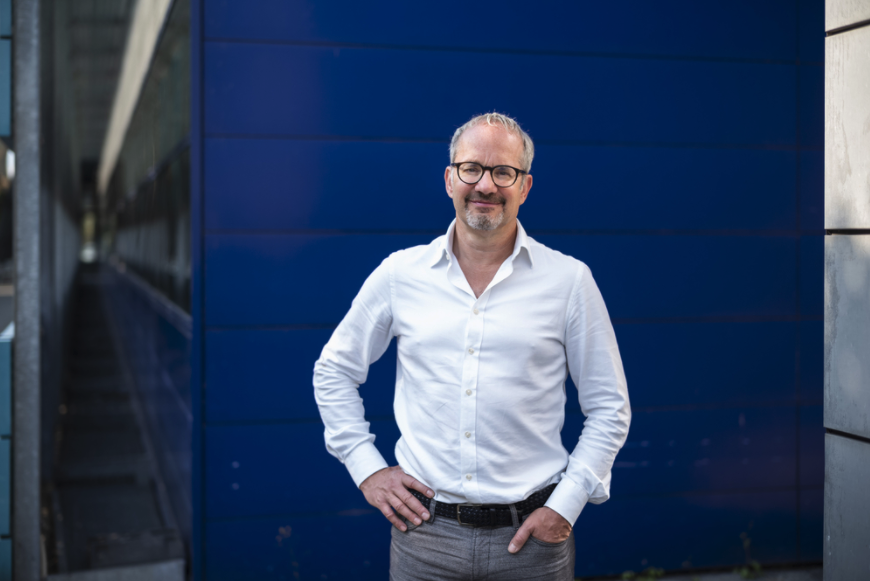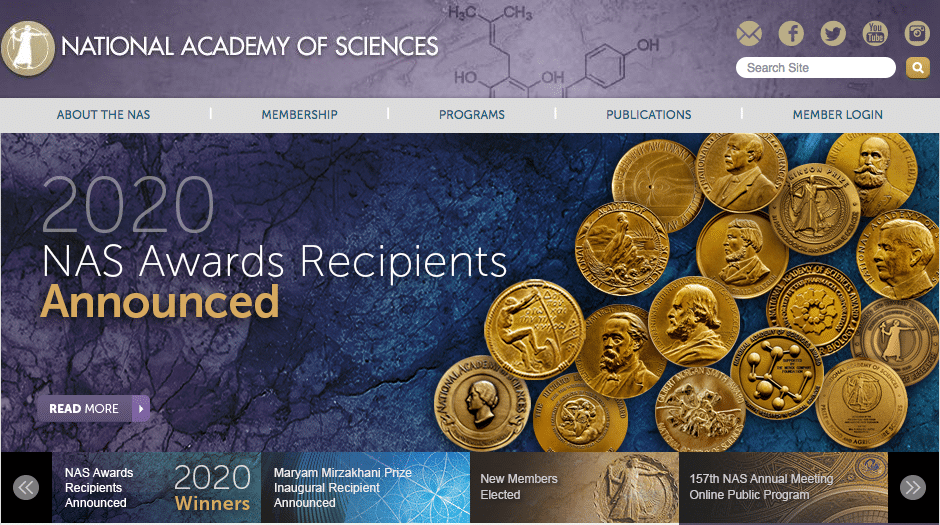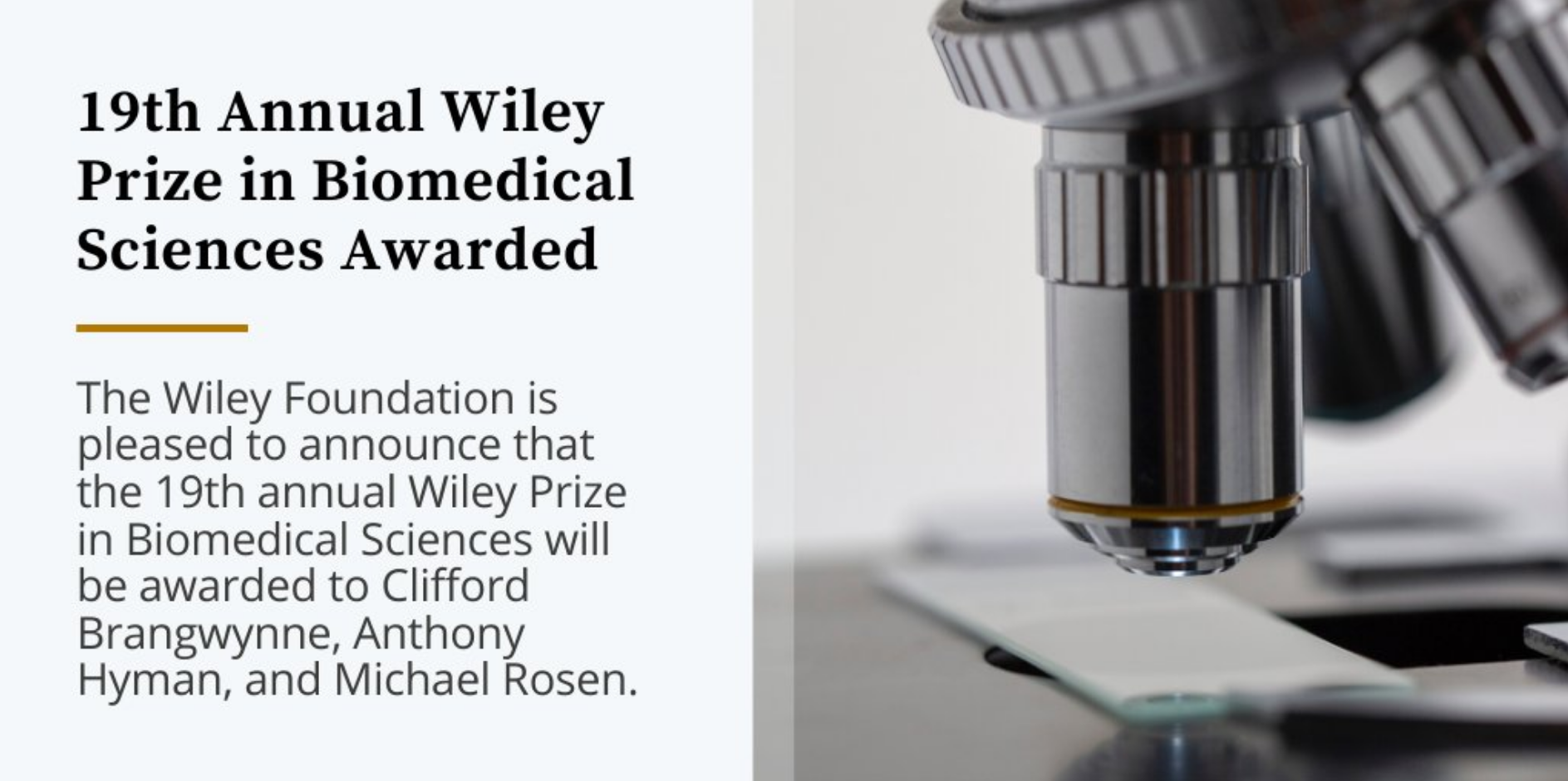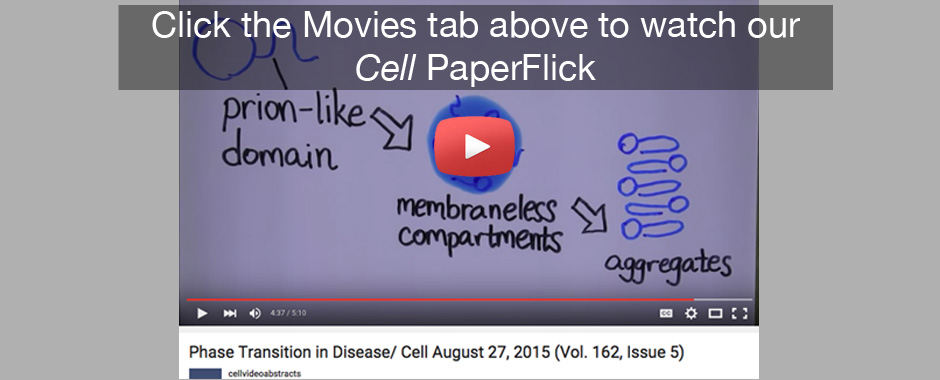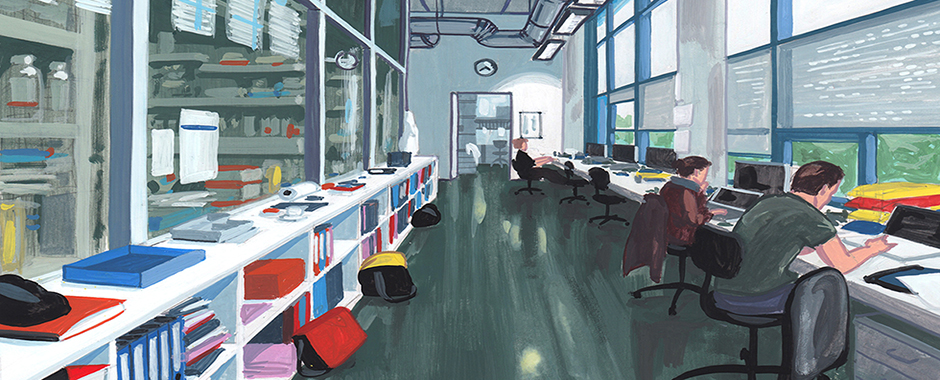Choosing a research topic is an important decision at any level. The choice shapes decisions about what graduate lab to join, which post-doctoral position to pursue, how to start an independent lab, and what companies might make good employers. The thing to remember is that “the choice” can, and perhaps should, be made many times during a career, and each time, it can take an exciting new turn. Lara Szewczak sat down with Amy Gladfelter and Tony Hyman to talk about what it takes for a researcher to pivot—to decide that they want to embark on a new line of research. What does it mean at different points in a career, and how can you motivate colleagues to follow?
that’s where the pivot begins—is the mystery. I think the pace and the pressure to produce—the sense that you need to be in the thing that is getting published right now—is covering up a lot of the mystery.
You need mentors to say, ‘No, this is how you will actually get grants. This is how you’ll get recognized by something a bit different.’
Read the interview of Amy Gladfelter and Tony!
